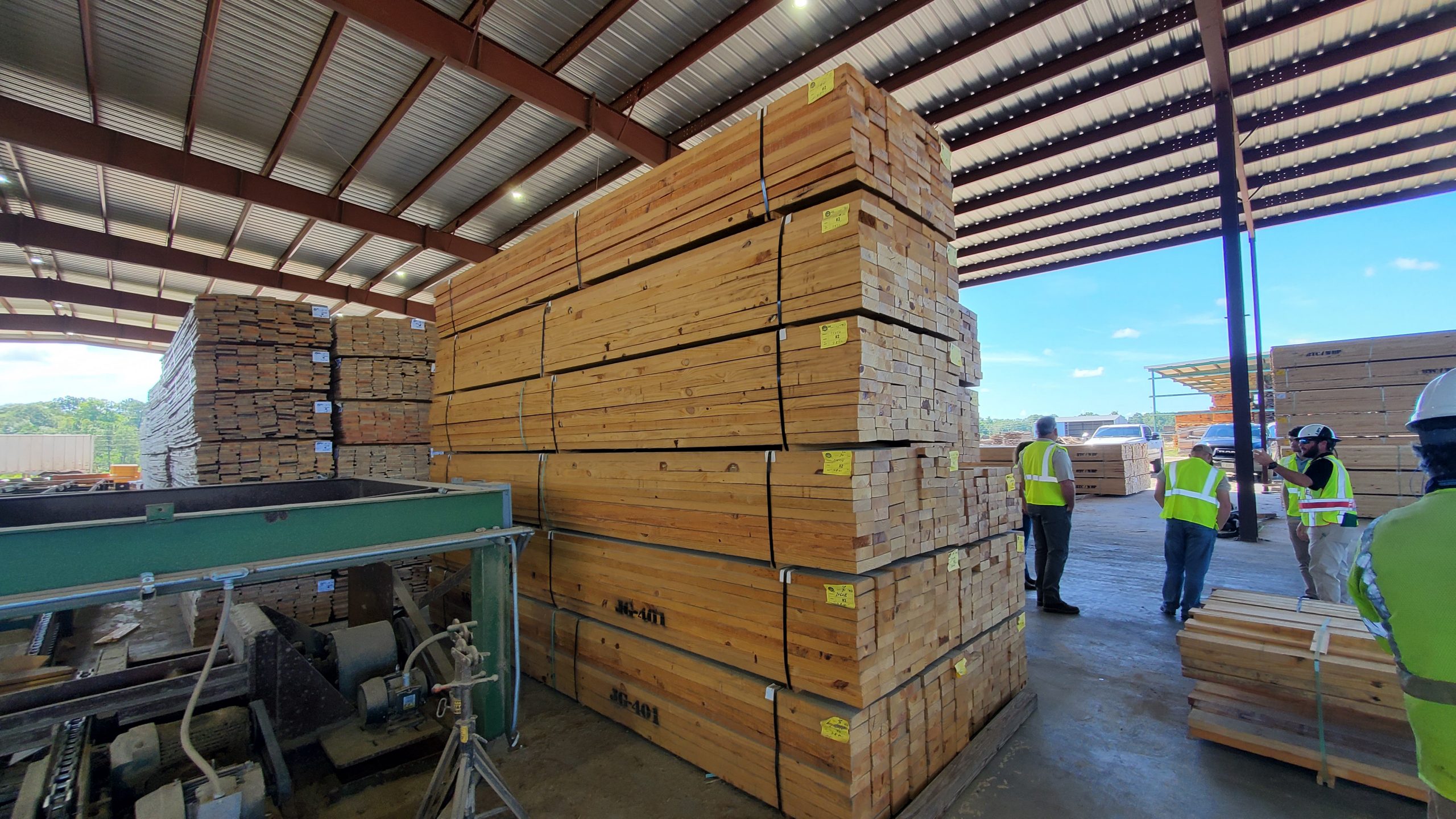When it comes to construction projects, whether you’re building a cozy cabin or designing intricate furniture, maintaining the quality of your lumber is crucial.
Proper storage and maintenance prevent damage and ensure your wood stays in top condition for years to come.
Let’s dive into some practical tips on how to store and maintain your lumber.
But first…
What Are the Common Issues with Poor Lumber Storage?
1. Warping: When lumber absorbs too much moisture or dries out unevenly, it can warp. This makes it difficult to use in construction and can ruin the aesthetic of your project.
2. Rot: Exposure to excessive moisture can lead to rot, weakening the wood and making it unsafe.
3. Insect Damage: Storing lumber in places where insects can easily access it can lead to infestations, causing significant damage.
Practical Tips for Storing Lumber
So, how do you properly store lumber to minimize these issues? Here are some practical, easy-to-follow tips that will keep your lumber in top shape.
1. Keep It Dry
Moisture is the enemy of lumber. Wood and water simply don’t get along. Therefore, dry lumber needs to be protected from moisture to maintain its quality.
Store your wood in a dry place, away from any sources of moisture. Garages, basements, or dedicated storage sheds can work well.
Ideally, you should avoid outdoor storage of dry lumber. The elements, including water and fluctuating temperatures, can negatively impact the wood.
But if you have to store lumber outside, elevate it off the ground and cover it with a waterproof tarp.
Make sure the tarp doesn’t touch the lumber directly and there’s good air circulation to prevent condensation.
2. Store them Flat
Keeping lumber flat is the gold standard for storage because it reduces stress, warping, and moisture issues.
When stacked horizontally, the weight is distributed evenly across the boards, preventing the lower ones from bowing under pressure.
Additionally, flat storage allows air to circulate freely around all sides, which helps regulate moisture content and prevents lumber damage.
This method also decreases natural cupping or twisting that can occur as wood dries or absorbs moisture.
3. Use Stickers for Airflow
No, not the sticky kind kids love.
Stickers are thin strips of wood used to separate layers of lumber, allowing air to circulate.
This helps in even drying, preventing moisture buildup and warping. Place stickers every 16 inches along the length of the lumber.
4. Store them in Your Shop
As we discussed previously, keeping lumber indoors protects it from the elements, pests, and theft. Your shop provides this controlled environment for the best storage.
You see, unlike lumber stored outdoors, wood kept in your shop has already adapted to the temperature and humidity conditions.
This means you don’t need to wait a week for the wood to adjust before using it in your project. You can jump right in, saving valuable time without sacrificing quality.
Of course, not everyone has the luxury of dedicated shop space. In those cases, a basement can be a decent alternative.
5. Keep It Organized
Disorganized lumber piles can be unstable and prone to toppling over.
This can damage the wood through warping, cracking, or even injuries if someone gets caught in the fall.
Keeping lumber organized helps you maximize the available space in your shop.
By categorizing lumber by type, size, and project needs, you can stack and store it efficiently.
Importance of Regular Maintenance
Proper storage is just one part of the equation. Regular maintenance is also essential to keep your lumber in top condition.
This involves periodic inspections and treatments to maintain the condition of your wood.
Inspecting Your Lumber
Don’t just store your lumber and forget about it. Regularly inspect your wood for signs of moisture, rot, or insect damage.
The sooner you spot the issue, the easier it is to fix and avoid more serious problems later on.
Treating Your Lumber
Applying a sealant or wood preservative can protect your lumber from moisture and insects.
Make sure to reapply these treatments as recommended by the manufacturer. This is especially important for wood that you will use outdoors.
Handling Lumber with Care
When moving or handling your lumber, be gentle.
Dropping or dragging it can cause dents, scratches, and other damage. To avoid bending with longer pieces, use proper lifting techniques and provide support.
Summary
Proper storage and maintenance of lumber is super important, as it saves you time and money in the long run.
Put these tips into practice and your wood will stay healthy for a long time. Remember, a little effort in proper storage goes a long way in protecting your investment.
Ready to start your next construction project? At Gulf South Forest Products, we offer high-quality wood and expert advice on storing and maintaining your lumber.
Contact us today to learn more and get a quote for your needs.





